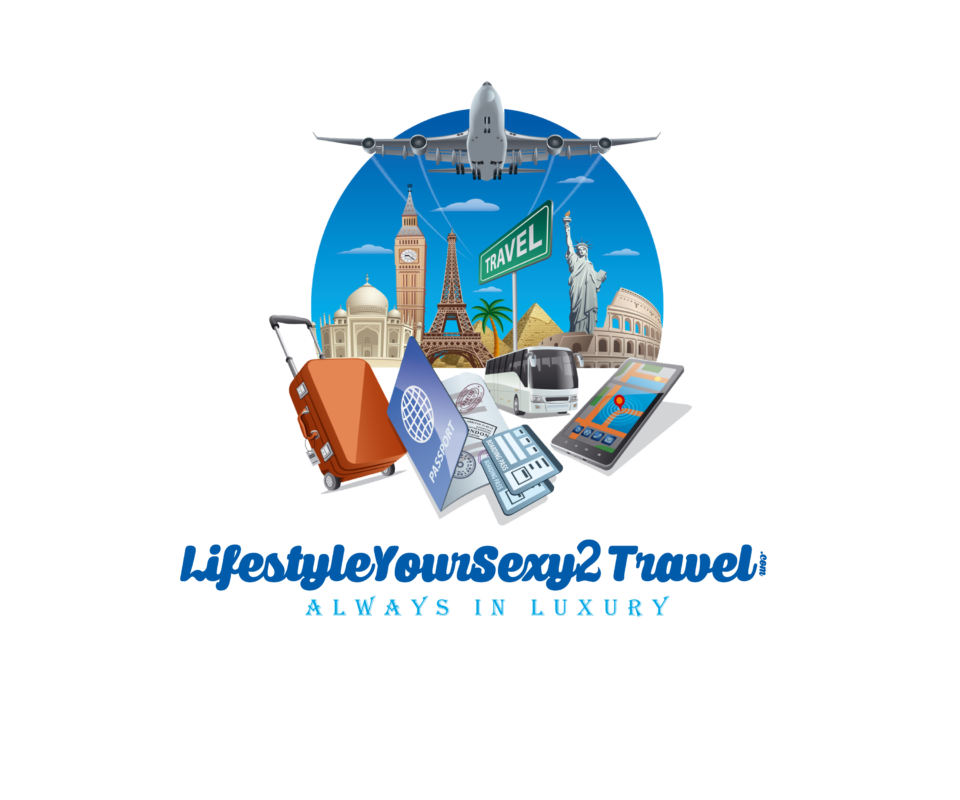[ad_1]
Last Updated
First COVID-19, now monkeypox, there seems to be a new global health emergency more often than ever before. Last week, authorities in San Francisco and New York declared a health emergency over monkeypox due to an increase in cases.
San Francisco’s mayor’s office informed on Thursday that there are 261 confirmed cases in the city, 799 in the state of California, and over 4,600 across the United States.

On Saturday, Mayor Eric Adams and Dr. Ashwin Vasan, commissioner of New York city’s health and mental hygiene department said: “We estimate that approximately 150,000 New Yorkers may currently be at risk for monkeypox exposure.”
Even though monkeypox is not an airborne disease and it is not as easily transmitted as COVID-19, travelers should take precautions and stay tuned. Not only to protect their own health but also because travel advisories are changing.

Canada already issued a travel advisory over monkeypox addressed to Canadians overseas in June and warned travelers about over 20 countries —including the United States and popular destinations like Mexico, France, and Italy— and shared recommendations to prevent the disease.
A PCR test for Monkeypox has already been created and used to detect the virus. Vaccinations are also available at certain medical centers in the United States.
What Travelers Should Know About Monkeypox

The San Francisco Department of Public Health has recommended citizens visit an online platform with relevant information about the virus. At the top of the page, it states: “Monkeypox spreads through close contact. You should see a doctor if you think you have it”.
Travelers should know first how Monkeypox spreads, according to the official information shared and the CDC’s data. These are the main situations of risk:
- Intimate contact: sex, kissing, and hugging.
- Sharing clothing, towels, or bedding.
- Breathing at a very close range or being in contact with respiratory secretions.

The main symptoms are flu-like at the beginning and a distinctive rash or spots that look like pimples or blisters and can appear anywhere in the body. Most people recover within a few days but others could get severe symptoms and might need urgent medical attention.
Those who think they might have the virus or that have been in contact with someone with the virus should visit a healthcare center, avoid physical touch with others, cover their skin, and get tested.

There’s still a lot of information being researched and cases being studied. Health experts are still figuring out contagious possibilities and treatments, and people on social media have complained about not getting proper attention at healthcare centers.
Travelers should take precautions, especially when visiting cities with increasing monkeypox cases like San Francisco or New York.
Visiting San Francisco or New York

San Francisco and New York are both fascinating cities and there is so much to do. However, now that a health emergency has been declared for both destinations, those interested in visiting should try to stay on the safe side.
Both cities are usually crowded. New York expects to receive a total of 56 million visitors this year, and since Friday, 1,289 cases have been confirmed in New York City.

San Francisco, on the other hand, has been considered the city with the highest number of cases in California. The city’s health officer Susan Philip said: “San Francisco is an epicenter for the country. Thirty percent of all cases in California are in San Francisco.”
Spreading possibilities are higher in these locations and those visiting should consider CDC’s main recommendations for travelers to prevent Monkeypox:
- Avoid close contact —including intimate contact— with people who have a rash or feel sick.
- Avoid touching personal items like clothing, and bedding, and do not share utensils and cups with a sick person.
- Wash hands constantly with soap and use sanitizer with at least 60% alcohol.
- Avoid touching animals or items used by animals.

Read More:
Travel Restriction Fears As PCR Tests For Monkeypox Are Rolled Out
Top 10 Friendliest Destinations For 2022
Travel Insurance That Covers Covid-19 For 2022
↓ Join the community ↓
The Travel Off Path Community FB group has all the latest reopening news, conversations, and Q&A’s happening daily!

SUBSCRIBE TO OUR LATEST POSTS
Enter your email address to subscribe to Travel Off Path’s latest breaking travel news, straight to your inbox
Disclaimer: Current travel rules and restrictions can change without notice. The decision to travel is ultimately your responsibility. Contact your consulate and/or local authorities to confirm your nationality’s entry and/or any changes to travel requirements before traveling. Travel Off Path does not endorse traveling against government advisories
Source link

